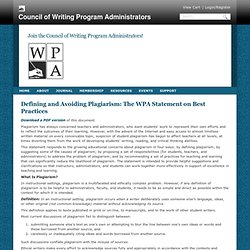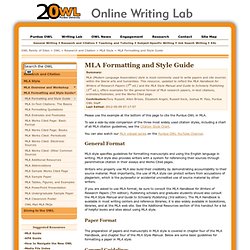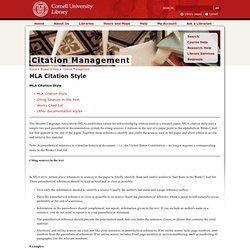

Copyright in General (FAQ) Can I Use Someone Else's Work? Can Someone Else Use Mine? (FAQ) How do I get permission to use somebody else's work?

You can ask for it. If you know who the copyright owner is, you may contact the owner directly. If you are not certain about the ownership or have other related questions, you may wish to request that the Copyright Office conduct a search of its records or you may search yourself. See the next question for more details. How can I find out who owns a copyright? How can I obtain copies of someone else's work and/or registration certificate? How much of someone else's work can I use without getting permission? How much do I have to change in order to claim copyright in someone else's work? Somebody infringed my copyright. Could I be sued for using somebody else's work? Do you have a list of songs or movies in the public domain? I saw an image on the Library of Congress website that I would like to use. Is it legal to download works from peer-to-peer networks and if not, what is the penalty for doing so?
Defining and Avoiding Plagiarism: The WPA Statement on Best Practices. Download a PDF version of this document.

Plagiarism has always concerned teachers and administrators, who want students’ work to represent their own efforts and to reflect the outcomes of their learning. However, with the advent of the Internet and easy access to almost limitless written material on every conceivable topic, suspicion of student plagiarism has begun to affect teachers at all levels, at times diverting them from the work of developing students’ writing, reading, and critical thinking abilities.
This statement responds to the growing educational concerns about plagiarism in four ways: by defining plagiarism; by suggesting some of the causes of plagiarism; by proposing a set of responsibilities (for students, teachers, and administrators) to address the problem of plagiarism; and by recommending a set of practices for teaching and learning that can significantly reduce the likelihood of plagiarism. What Is Plagiarism? What are our Shared Responsibilities? Best Practices 1. Copyright Law: 12 Dos and Don’ts. By Daniel Scocco As the blogging phenomenon expands, copyright concerns become quite important.

Technology makes it really easy to copy, modify and share information, whether we talk about text, images, audio or video. The problem is that the vast majority of people do not have a clear understanding of the Copyright Law, which might result in illegal and costly mistakes. Below you will find 12 Do’s and Dont’s that will clarify what you can and what you can not do as an online publisher: 1. 2. 3. 4. 5. 6. 7. 8. 9. 10. 11. 12. This article was not written by a lawyer and it does not intend to constitute legal advice. Wanna make money with your own website?
MLA Formatting and Style Guide. Summary: MLA (Modern Language Association) style is most commonly used to write papers and cite sources within the liberal arts and humanities.

This resource, updated to reflect the MLA Handbook for Writers of Research Papers (7th ed.) and the MLA Style Manual and Guide to Scholarly Publishing (3rd ed.), offers examples for the general format of MLA research papers, in-text citations, endnotes/footnotes, and the Works Cited page. Contributors:Tony Russell, Allen Brizee, Elizabeth Angeli, Russell Keck, Joshua M. Paiz, Purdue OWL StaffLast Edited: 2012-05-09 07:17:57 Please use the example at the bottom of this page to cite the Purdue OWL in MLA. To see a side-by-side comparison of the three most widely used citation styles, including a chart of all MLA citation guidelines, see the Citation Style Chart. You can also watch our MLA vidcast series on the Purdue OWL YouTube Channel. General Format. Cornell University Library. MLA Citation Style The Modern Language Association (MLA) establishes values for acknowledging sources used in a research paper.

MLA citation style uses a simple two-part parenthetical documentation system for citing sources: Citations in the text of a paper point to the alphabetical Works Cited list that appears at the end of the paper. Together, these references identify and credit the sources used in the paper and allow others to access and retrieve this material. Note: A parenthetical reference to a familiar historical document -- i.e., the United States Constitution -- no longer requires a corresponding entry in the Works Cited list.
Citing sources in the text In MLA style, writers place references to sources in the paper to briefly identify them and enable readers to find them in the Works Cited list. Give only the information needed to identify a source. Examples: For more detailed information about citing references in the text, please refer to the MLA resources listed below. Examples. EasyBib: Free Bibliography Maker - MLA, APA, Chicago citation styles. Instant Grammar Check - Online Proofreading.